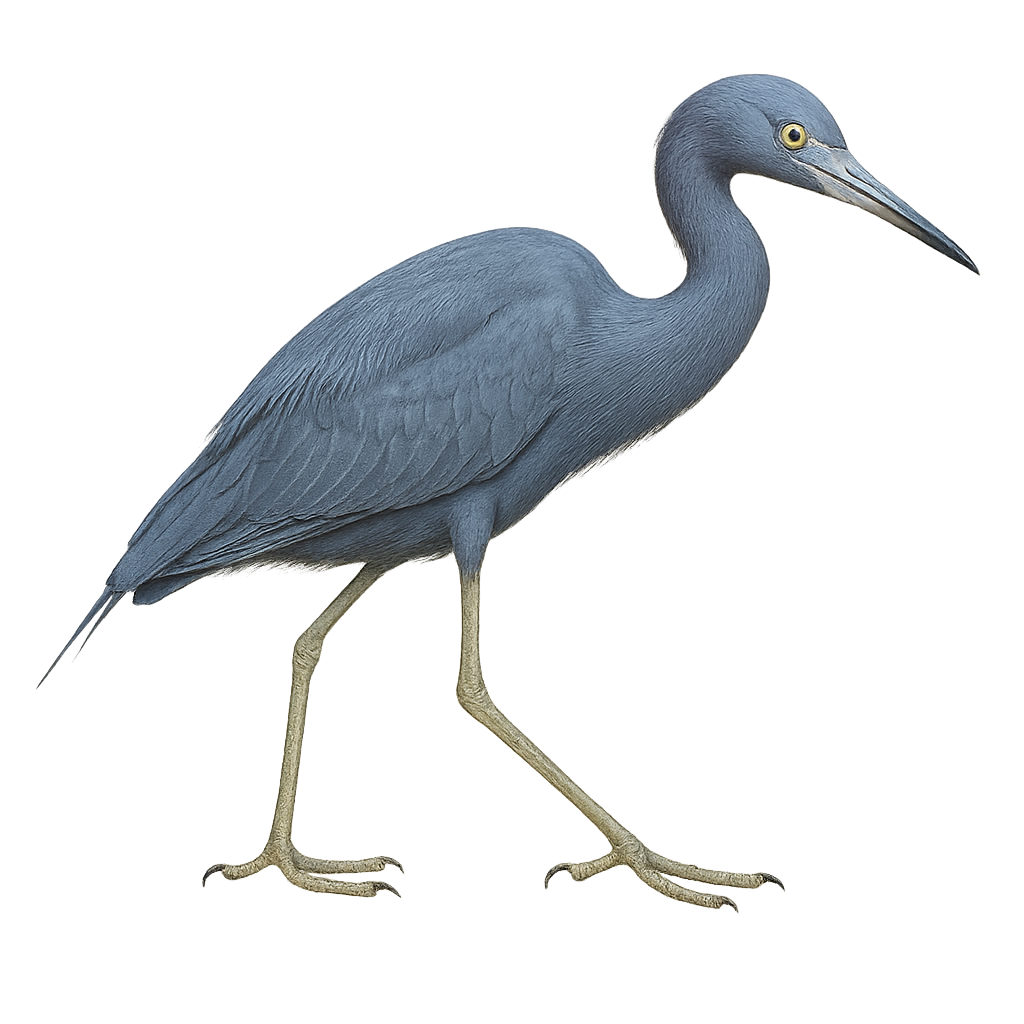Your wildlife photography guide.
Explore the little blue heron in detail, study its behavior, prepare your shots.
Where to observe and photograph the little blue heron in the wild
Learn where and when to spot the little blue heron in the wild, how to identify the species based on distinctive features, and what natural environments it inhabits. The WildlifePhotographer app offers tailored photography tips that reflect the little blue heron’s behavior, helping you capture better wildlife images. Explore the full species profile for key information including description, habitat, active periods, and approach techniques.
Little Blue Heron
Scientific name: Egretta caerulea

IUCN Status: Least Concern
Family: ARDEIDAE
Group: Birds
Sensitivity to human approach: Suspicious
Minimum approach distance: 10 m
Courtship display: March to June
Incubation: 22-24 jours
Hatchings: March to July
Habitat:
Marshes, mangroves, wetlands
Activity period :
Primarily active during the day, with peak activity in the morning and late afternoon.
Identification and description:
The Little Blue Heron, Egretta caerulea, is an elegant and graceful bird, easily recognizable by its slate-blue plumage in adults and white in juveniles. It measures about 60 cm in length with a wingspan of 100 cm. Its long, slender bill is perfect for catching aquatic prey. It primarily inhabits wetlands, marshes, and mangroves, feeding on fish, amphibians, and insects. Its flight is slow and deliberate, with steady wing beats. The Little Blue Heron is often solitary but may gather in small colonies during the breeding season. It is widely distributed in the southern United States, Central America, and northern South America.
Recommended lens:
400 mm – adjust based on distance, desired framing (portrait or habitat), and approach conditions.
Photography tips:
To photograph the Little Blue Heron, it is advisable to use a 400mm or longer telephoto lens to capture detailed images without disturbing the bird. Approach slowly and discreetly, using surrounding vegetation as cover. The best times for photography are early morning or late afternoon when the light is soft and golden. Be patient and wait for the heron to move naturally in its habitat to capture dynamic and interesting shots.
From knowledge to field practice
A species profile helps you understand an animal. In the field, the challenge is often different. Remembering your own observations.
The WildlifePhotographer app allows you to:
• record your personal observations
• note locations, dates, and behaviors
• revisit your field references over time
• build a private and long-term field logbook
The app does not provide observation locations.
It helps you organize what you actually observe, with respect for wildlife.

